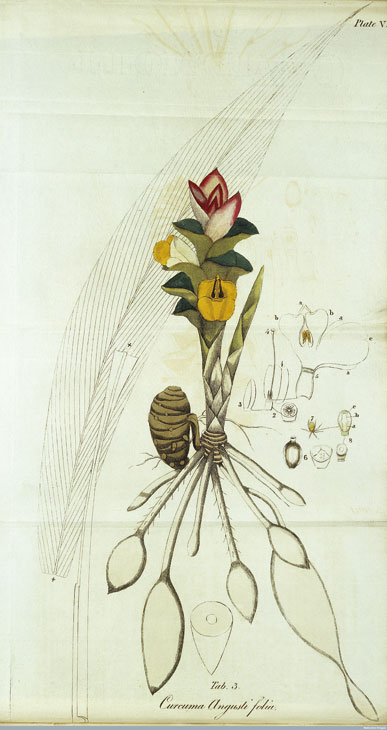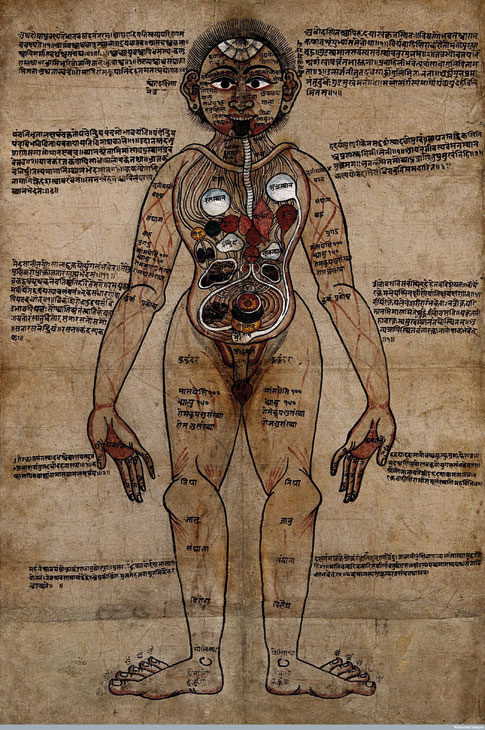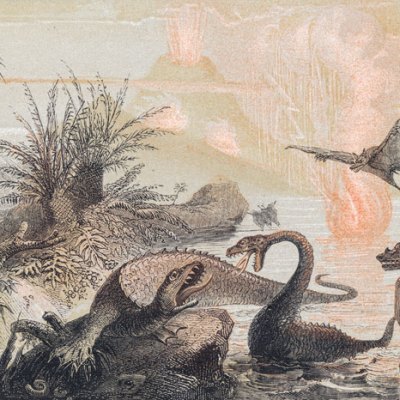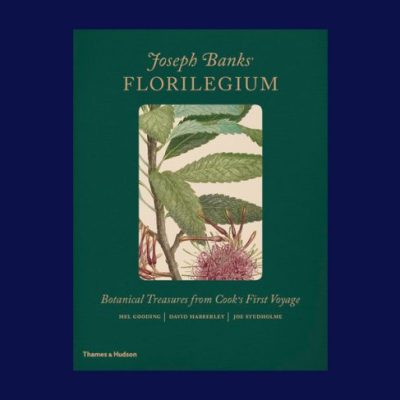There are many different approaches to health and the body in traditional Indian medicine; when I began immersing myself in the subject for an exhibition at the Wellcome Collection, I quickly realised that these myriad voices and sources of knowledge wouldn’t begin to fit within the gallery walls. Narratives of health and their associated cultural expressions in India have shaped and been shaped by Greco-Islamic, Tibetan, Persian, and European influences, among others. Through such encounters, they have morphed and expanded, acquiring new meaning, or have been misinterpreted and exoticised along the way.
Roughly translated from Sanskrit as ‘knowledge of long life’, Ayurveda is a centuries-old but continually changing set of medical practices that includes therapeutic massage, herbal medications, and dietetics. Widely practised today in India and beyond, in early 20th-century India a more homogenised ‘modern Ayurveda’ emerged as a response to the rise of medical science and pharmaceuticals during colonial rule. From the 1970s a ‘new age’ Ayurveda developed in the West alongside a growing market focussed on ‘wellness’ and lifestyle, with related products, literature, and activities available to purchase.
A surgeon attends to a patient’s leg (c. 1825), unknown Indian artist. Wellcome Collection, London

The historical collections at the Wellcome bear witness to the ever-evolving nature of medical knowledge, and the impact of colonial encounters: exchange and collaboration as well as exploitation and conflict. Amassed by Henry Wellcome via a network of agents, auction houses, and art dealers, the collections reflect his ambition to capture the ‘art and science of healing through the ages’. Many objects and artworks from the Indian subcontinent were collected between 1911 and 1921 by an Indian doctor, Paira Mall. His eclectic acquisitions ranged from Sanskrit medical manuscripts, Persian illustrated treatises, Tibetan anatomical maps, and vibrant gouache paintings to erotic manuals and animal-shaped surgical tools.
The collections contain 11 years of previously unearthed correspondence between Mall and C.J.S. Thompson, the curator of what was then the Wellcome Medical Historical Museum. Beginning in 1911, when Mall was sent from London to India, these letters contain instructions not only to collect objects for the museum, but to acquire local medical knowledge, too. He was asked to copy and translate ancient Ayurvedic manuscripts and purchase native medicinal plants for the Wellcome Chemical Research Laboratories. In this way, medicinal plants, and traditional knowledge were dispersed across the world, and were received, reinterpreted, and exploited in new contexts.
Plate from John Fleming’s Catalogue of Indian Medicinal Plants and Drugs (1812). Wellcome Collection, London

The exhibition asks what authenticity means for what has been labelled as ‘alternative’ medicine, and examines the contemporary relevance of collections built from colonial encounters. It also poses the question, who owns the heritage of traditional medicine?
The piece that gives the exhibition its title, The Ayurvedic Man, is an 18th-century Nepali anatomical painting that presents the organs and vessels of the male body according to classical Ayurveda. The trail of its provenance from Nepal via India to the Wellcome Library through an art dealer points to the longstanding European fascination with ‘alternative’ medicine. Other treasures in our collection that reveal these transcultural encounters include the Svāmihamsasvarūpakrtam Satcakranirūpanacitram, a textbook comparing the yogic (or subtle) ody with Western anatomy.
Published between 1678 to 1693, the Hortus Malabaricus is an exquisitely illustrated botanical text providing a detailed account of the medicinal properties of 742 plants from Malabar (present-day Kerala in southern India). It was the result of a collaboration between Hendrik Adriaan van Rheede – the Dutch East India Company’s governor of Malabar, who compiled and coordinated the project – and local Brahmin scholars, lower-caste Ayurvedic physicians, and plant-gatherers, who provided the indigenous medico-botanical knowledge.
The Ayurvedic Man (18th century), Nepal. Wellcome Collection, London

To complement the wealth of historical material in the exhibition, we invited the artist Ranjit Kandalgaonkar to create a new work exploring the tensions between Indian and Western medical knowledge during British colonial rule. As part of his ongoing research into the Bombay plague outbreak of 1896, Kandalgaonkar has investigated the Wellcome Collection’s archives. The result is a long drawing that reimagines the events that took place, chronicling the harsh public health measures imposed by the colonial authorities alongside the local population’s experiences of fear, fantasy, paranoia, and rumour. In the artist’s own words: ‘Diseases do not go away; they just resurface whenever we disturb the balance of climate, the environment and an ecosystem in temporary equilibrium.’
Illustrated by a wide range of Tibetan, Jain, and Persian anatomical maps, the exhibition proposes a concept of the healthy body as an entity affected by environmental, social, and cosmological forces. With the help of Paira Mall’s letters, it also traces the movement of medical and cultural heritage across continents and cultures. We hope that visitors’ encounters with Henry Wellcome’s collections will shed light on the delicate balance between sharing and protecting heritage and cultural resources.
‘Ayurvedic Man: Encounters with Indian Medicine’ is at the Wellcome Collection, London, from 16 November to 8 April 2018.
From the November 2017 issue of Apollo. Preview and subscribe here.


